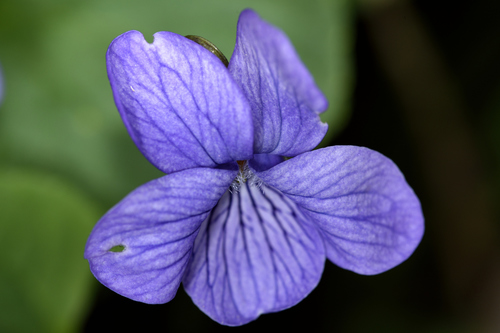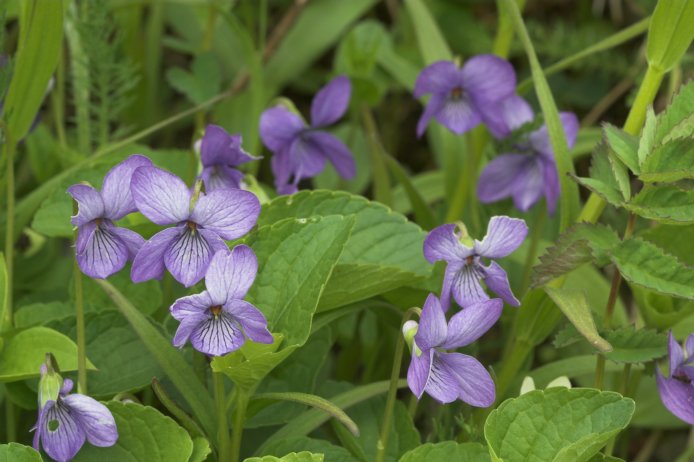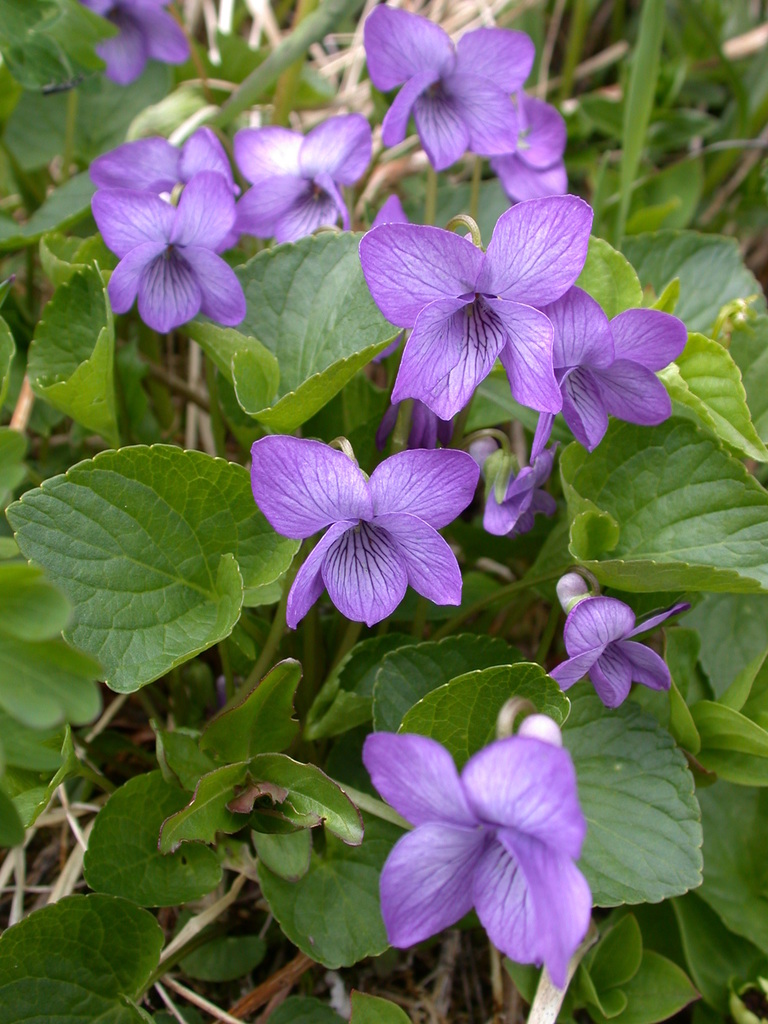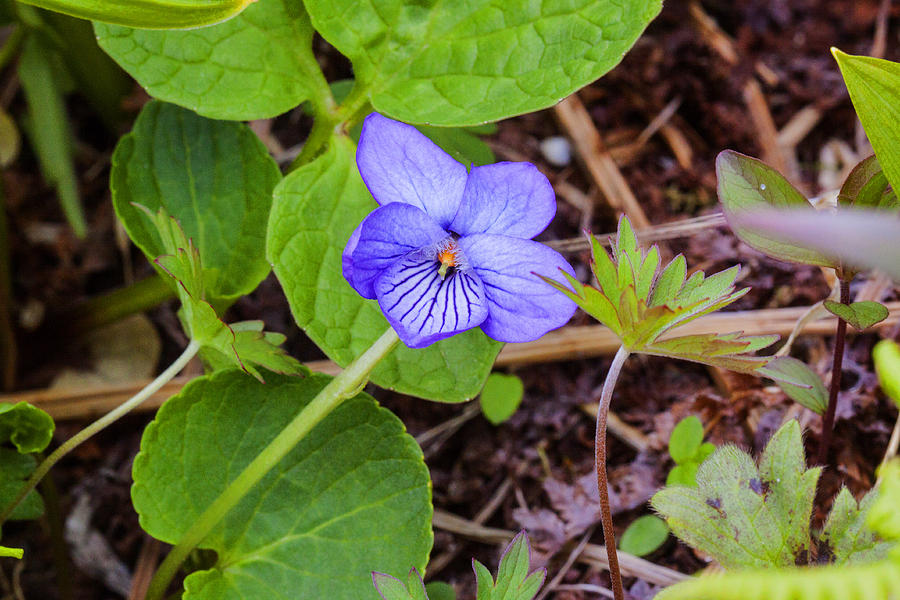What Does Alaska Violet Look Like
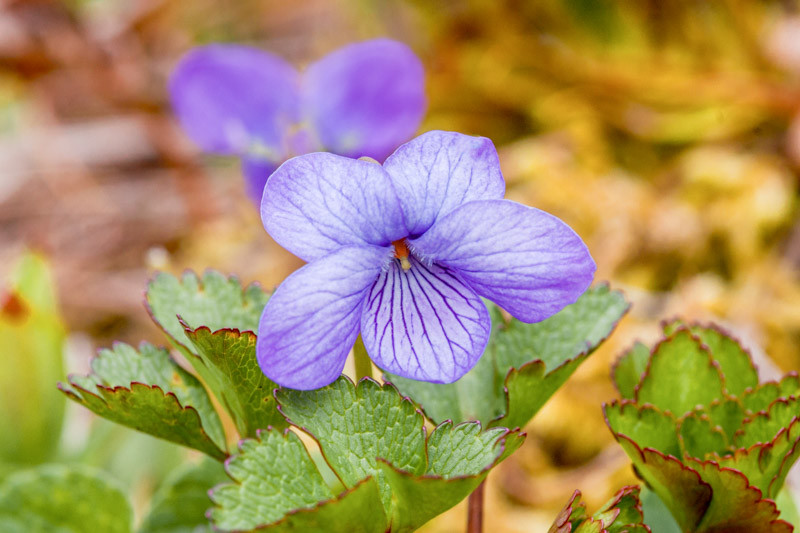
The ephemeral beauty of the Alaska violet, a subtle yet integral part of the state's diverse ecosystems, often goes unnoticed amidst the grandeur of glaciers and towering mountains. But understanding its delicate features is crucial for conservation efforts and appreciating the intricate web of life it supports.
This article delves into the visual characteristics of the Alaska violet, officially known as Viola langsdorffii, providing a comprehensive guide to its identification and highlighting its ecological significance. We'll examine its petals, leaves, and habitat, drawing upon botanical expertise and field observations to paint a clear picture of this fascinating flower.
Unveiling the Alaska Violet
The Alaska violet, or Viola langsdorffii, is a perennial herb native to Alaska and other regions of North America and Asia. It belongs to the violet family (Violaceae) and is characterized by its distinctive purple flowers and heart-shaped leaves.
Distinguishing it from other violet species requires a keen eye for detail, paying close attention to its morphology and habitat.
Petal Perfection
The flowers of the Alaska violet are typically 1-2 centimeters in diameter, featuring five petals arranged in a characteristic violet shape. The petals are usually a rich violet-purple, though variations in shade can occur depending on environmental factors and individual plant genetics.
The lower petal often displays darker purple veins or markings, serving as nectar guides for pollinators.
Unlike some other violet species, the Alaska violet typically lacks a spurred petal, which is a small, backward-projecting appendage on the lower petal.
Leaf Lore
The leaves of the Alaska violet are basal, meaning they arise directly from the plant's rootstock. They are typically heart-shaped or kidney-shaped, with rounded teeth along the edges.
The leaves are usually a vibrant green color and can range in size from 2-5 centimeters in length. The surface of the leaves is generally smooth and somewhat waxy, helping to reduce water loss.
The petioles, or leaf stalks, are relatively long and slender, allowing the leaves to reach for sunlight.
Habitat and Distribution
The Alaska violet thrives in moist environments, often found along streams, in meadows, and in damp woodlands. It prefers partially shaded areas with well-drained soil rich in organic matter.
Its distribution extends throughout Alaska, as well as parts of western Canada and the Pacific Northwest of the United States. It can also be found in parts of Asia, including Japan and Russia.
The presence of the Alaska violet is often an indicator of healthy, undisturbed ecosystems.
Distinguishing Features: Avoiding Misidentification
Several other violet species occur in Alaska, making accurate identification crucial for botanical surveys and conservation efforts. Differentiating the Alaska violet involves paying close attention to subtle differences in petal shape, leaf morphology, and habitat preference.
For example, Viola epipsila, another Alaskan violet, has more pointed leaves and a slightly different flower shape. Consulting field guides and seeking expert opinion can help avoid misidentification.
Botanical keys often utilize a combination of morphological characteristics and geographic location to assist in identifying plant species.
"Careful observation and comparison are key to accurately identifying plant species in the field," Dr. Emily Carter, a botanist specializing in Alaskan flora, emphasizes.
Ecological Significance
The Alaska violet plays a vital role in its ecosystem, serving as a food source for various insects and other herbivores. Its flowers attract pollinators, such as bees and butterflies, contributing to plant reproduction and biodiversity.
The plant also helps to stabilize soil and prevent erosion in its preferred habitats. Its presence can indicate the health and stability of the surrounding environment.
Conservation efforts focused on protecting wetlands and riparian areas are essential for maintaining healthy populations of the Alaska violet.
The Future of the Alaska Violet
Climate change and habitat loss pose significant threats to the Alaska violet and other native plant species. Rising temperatures, altered precipitation patterns, and increased development can disrupt ecosystems and reduce suitable habitat for the violet.
Monitoring populations, protecting key habitats, and promoting awareness are crucial steps in ensuring the long-term survival of the Alaska violet. Citizen science initiatives can play a valuable role in collecting data and tracking changes in plant distribution.
By understanding the unique characteristics and ecological importance of the Alaska violet, we can work together to conserve this beautiful and valuable component of Alaska's natural heritage.


